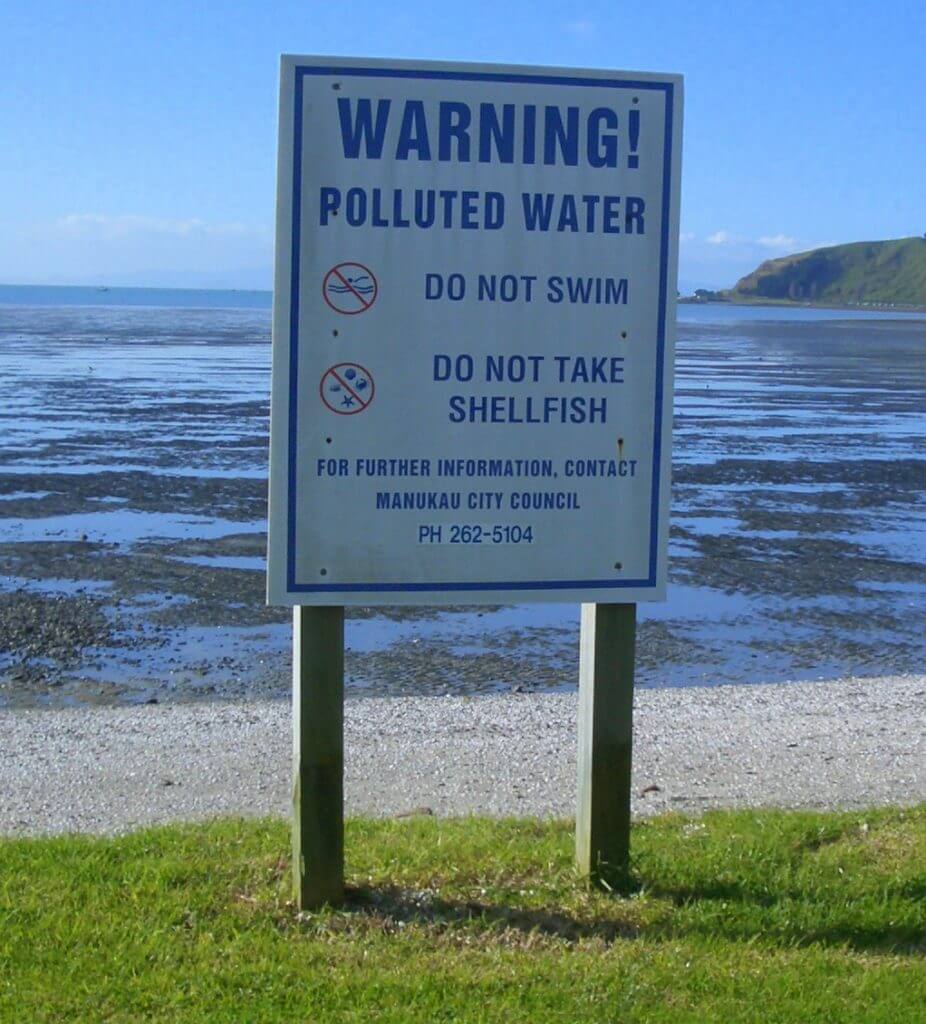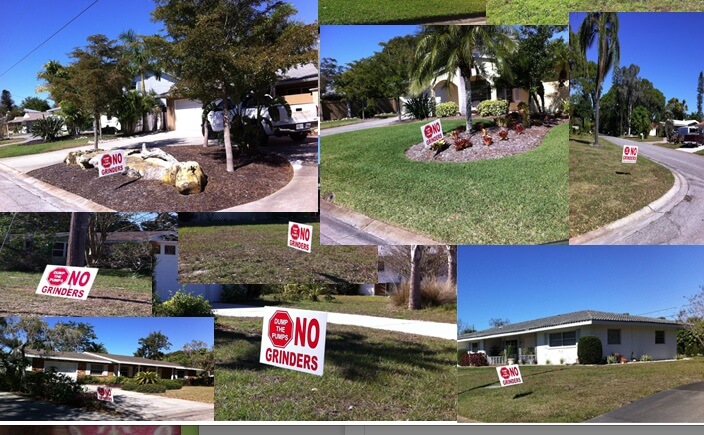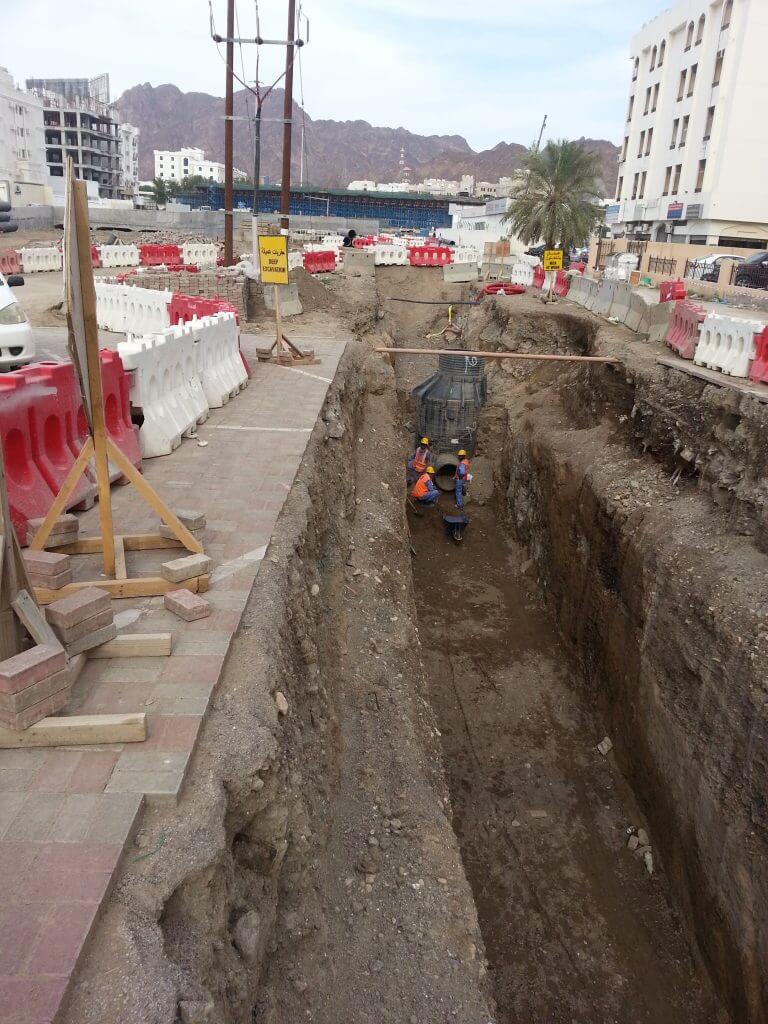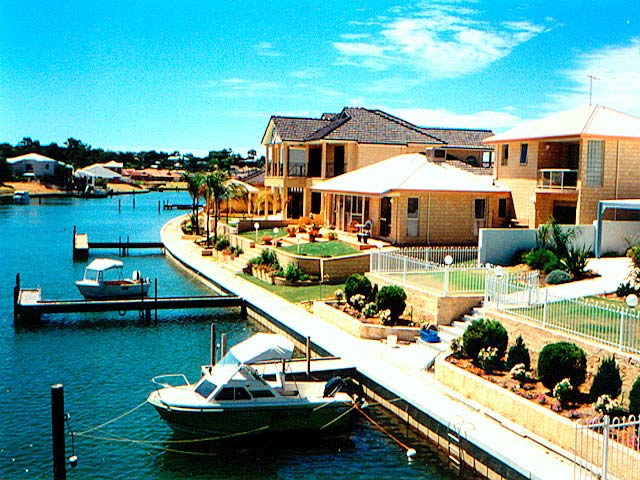The Right Type of Sewer System for your Project
What is the right type of sewer system for your project?
Vacuum sewer systems are not the ideal system for all locations or all projects. It is important to rationally determine what the best sewer system for your project would be. In many cases it may be a combination of some or all, that may the best way forward.
Municipal sewerage systems (either in new developments or as system replacements) will more than likely be a choice between:
Septic tanks
Gravity sewers
Low pressure pumping systems
Vacuum sewer systems
An analysis of a project will usually include the capital cost of the system and the whole of life costs which will include energy costs and operational costs. Quite often analysts are also doing carbon footprint comparisons as well. There are hidden costs in installing a gravity sewage system.
Septic Tanks or Septic Tank Effluent Drainage (STED) or Septic Tank Effluent Pumping (STEP)
Although cheap to install most municipalities have banned the use of septic tanks and the use of drainage or effluent schemes is done only as a short term measure as replacement is usually required within a 10 year period.
The main issue is the reliance on the homeowner. This can result in overflows to wetlands, water supplies or rivers creating health risks and environmental damage.
Grinder pump or low pressure sewer systems
Grinder Pumps can be an ideal solution for small communities of under 100 houses especially when located in hilly areas where large housing blocks are spaced apart. Pumps can quite often be used in combination with vacuum or gravity schemes when wanting to attach small outlying communities or houses to a municipal scheme.
They are not ideal in coastal area’s where sand can affect the grinders nor in area’s with an uncertain power supply as service must completely stop.
As pumps are generally located on the home owners property and operational and power costs often need to be met by the homeowner there is often a negative reaction by communities when other alternatives such as vacuum are available. Unlike vacuum systems, grinder pump systems require operators to enter the private property often spilling effluent on to the ground when making repairs.
Gravity Sewers
Usually communities have been left un-sewered because the area is too difficult or expensive to install a gravity sewer. Gravity sewers have been used for hundreds of years but moves to improve health and safety of operators, reduce power and water use and reduce environmental damage has led to a movement away from their use.
As the name suggests large diameter pipes rely on a movement of sewage via gravity down a pipe until it is too deep then a pump will bring it back to the surface where it begins the process again. There are a number of problems with this. As old systems have broken pipes, sewage contaminates ground water and fishing areas causing health problems and stormwater enters the sewer system churning energy with both pumping and treatment.
One of the most complex problems with gravity sewers is in its construction. Many systems require deep excavation, going down as deep as 20 meters (70 feet) or multiple pump stations which require land and power. In many towns the space is simply not available.
Water, stormwater, power and communications cables also need room under the street. Construction time can be costly and time consuming, not good for developers nor local residents. Imagine 100 foot a day of excavation through coffee rock or acid sulphate soils.
It is very common to read in the press of “fat icebergs” building up in the sewers or of rat infestations. Do operators really need to put up with this in the 21st century? Do they need to risk their lives in gas explosions from gas build-ups’ in the sewer?
Vacuum Sewers
Enter the 21st century. Typically vacuum systems are found in area’s where it has been too hard to install a gravity sewer. Today you can also see them being used to supplement overburdened gravity sewers in fast growing towns and cities, or in area’s which succumb regularly to earthquakes, typhoons and hurricanes. They won’t be found amidst a bunch of 40 story residential buildings in a dense development as laying a trunk gravity main to cater for that is far easier. Have a look at our page Types of Projects for the variety of vacuum projects which have been done.
Vacuum Systems are often found in flat areas which either have a high water table or difficult excavation due to hard rock. But there are many other reasons for why a vacuum system may be the system of choice for your project. The average size project has 2,000 people but can be installed for 1 person or 100,000 people.
There are a variety of reasons why vacuum systems have been chosen on these projects, capital cost is a major one, as is ongoing power costs but in recent times we have commonly seen the reduction of risk of ex filtration as being a major factor. Environmental Agency and county fines for polluting streams, beaches and fishing spots have soared, communities with Flovac vacuum sewers have significantly lower risks.
FLOVAC
Flovac is the world's leading vacuum sewerage engineering, supplier and operation company.
Primer de Maig 4 Street
08980, Barcelona
Spain

CONTACT US
COPYRIGHT © 2021 FLOVAC - THE GREEN FUTURE OF SEWERAGE






